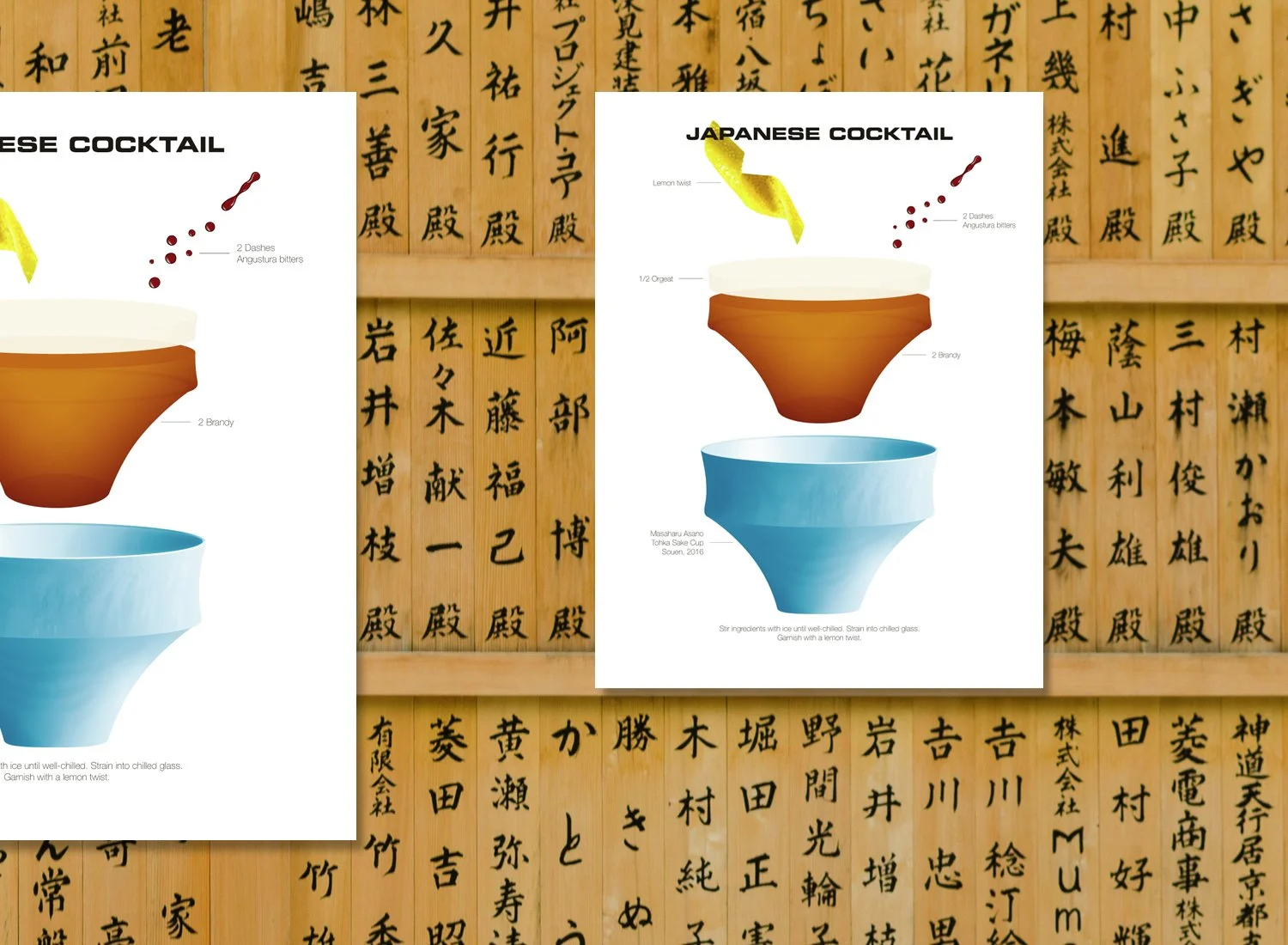Cocktail – Japanese Cocktail
Cocktail – Japanese Cocktail
This cocktail first appeared in print in Jerry Thomas’s legendary book “How To Mix Drinks or The Bon Vivant’s Companion” from 1862. The book, that also goes by the name “The Bar-Tender’s Guide” is regarded to be the first ever cocktail book, or at least the first book entirely dedicated to cocktails. At the time of printing the cocktail had been around for just two years. It was in all likelihood created as a tribute to the first Japanese Diplomatic Mission to the United States. After arriving in San Francisco the mission visited Washington DC before coming to New York where they stayed at the Metopolitan Hotel just a block away from Jerry Thomas’s Palace Bar on 622 Broadway.
One of the members of the delegation was a 17-year old translator called Tateishi Onojirou Noriyuki, who everyone in the US simply called Tommy. Thanks to cocktail historian David Wondrich, we know that a reporter from the Minneapolis Tribune followed the delegation’s trip making Tommy into something of a darling to the media. He really enjoyed the western lifestyle, including cocktails, and apparently he was a bit of a ladies man.
The Japanese Cocktail is one of the few cocktails that are known to be created by Jerry Thomas, often called “The Professor” for his ability to cater even to the most demanding customers. Being known for his showmanship he traveled around the United States only using solid silver bar tools and cups decorated with precious stones.
Jerry Thomas’s creation, the Blue Blazer, was definitely his most spectacular. It is made from a blend of whiskey, sugar and boiling water that he set ablaze and then poured between two tankards while on fire. A show that set The Professor apart from his competitors.
THE DESIGNER
The glass is actually a wooden sake cup called Tohka Souen, designed by Masaharu Asano.
Product information
This is one in a series of illustrations of classic cocktail recipes with a selection of the most beautifully designed glasses.
The size 40x50 cm (approx 16x20”) are signed and printed on Hahnemühle Photo Rag Bright White 310g archival paper and are sold in a limited edition of 50 prints.
The size 30x40 cm (approx 12x16”) are printed on Hahnemühle Fine Art Studio Enhanced 210g archival paper.




